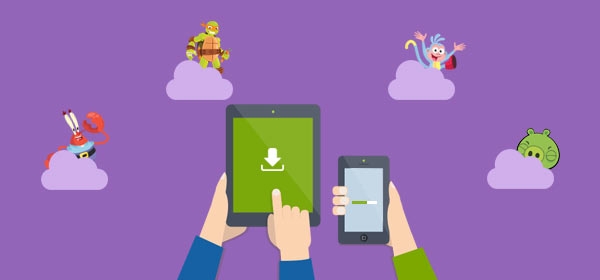The demand for attractive, innovative, and flawless apps are increasing day by day. But, for beginner developers it could still be a great concern choosing their initial platform of mobile app development.
Windows app development is a lot more comfortable and organized as compared to development in other platforms. It is better and easy with the availability of a wide range of tools for development. The best thing is that the most popular Windows app development tool, MS Visual Studio offers Android and iOS app development support.
Windows is the Right Platform for Beginners
It is the best platform for amateurs to start their journey. Unlike in Windows, the IDE for Android is too slow. Android plugin and toolset has got a lot of bugs and lacks many features compared to Windows. Also, Android emulators will take too much time to load up in contrast to Windows emulators which loads at lightning speeds. And the IDE’s for Android apps are built for single use – making Android apps alone.
Some Benefits
Given below are some of the top benefits in using Windows platform for development.
- You can use C# and C++ for development. C# is a very flexible and versatile language as it fixes java’s weaknesses and offers further functionality.
- Virtual studio is a lot more stable and mature IDE.
- Visual studio allows you to build not just Windows phone apps, but Windows desktop apps, WPF apps, games, console apps, Android apps etc.
- It alerts about errors in the code without having to run it. Also, it provides instant context-aware help while coding.
- XAML gives a more natural interface.
- In Windows, UI creation will be a direct procedure using it’s drag and drop tool.
- Microsoft’s design guideline is stable, unlike the one with Android, which constantly changes and requires you to redesign your app often.
- A large number of tutorials are available on the Microsoft virtual academy and MSDN library.
- Another cool feature that comes with Windows 10, is the universal nature. With Windows universal app development, the single app you develop will be supported on PCs, mobiles, Kinect, as well as Microsoft band.
Some Concerns
If you think whether opting the Microsoft ecosystem is as lucrative as choosing Android, the answer would be a clear No. There are several factors that pull MS backwards. Windows app market share is so low that it is barely visible.
PCs are no more hub of computing technology. The present and immediate future belongs to mobility. Google and Apple have long established their kingdom on the mobile platform. Unfortunately, there were not much conscious effort taken by MS under Steve Ballmer to win over the mobile platform.
Another thing that makes Android important for a developer is that Windows phone development will make you bear the extra costs. Annual fee payment for Windows is $99 compared to Android, which is cheaper at 25$ for lifetime.
It is a fact that Windows can come nowhere near in terms of popularity and market share of these blue chip companies. So, there are fewer developers and fewer devices which lead to less demand and uncertainty. Yet, constant attempts are being made for a comeback under the leadership of Satya Nadella.
What’s Best to be Successful as a Developer
For beginners, the best advice is to start with Windows app development. Learning Android can be inevitable as you progress with your career. But to get there you should learn the patience and knack to go forward.
Windows IDE is the best learning platform, supplemented with the wide collection of tools available. It will boost up the passion young developers have.


















![Mobile Game Market – Facts [Infographics]](https://wp.redbytes.in/wp-content/uploads/2016/03/The-mobile-game-market-Facts-FI.jpg)



